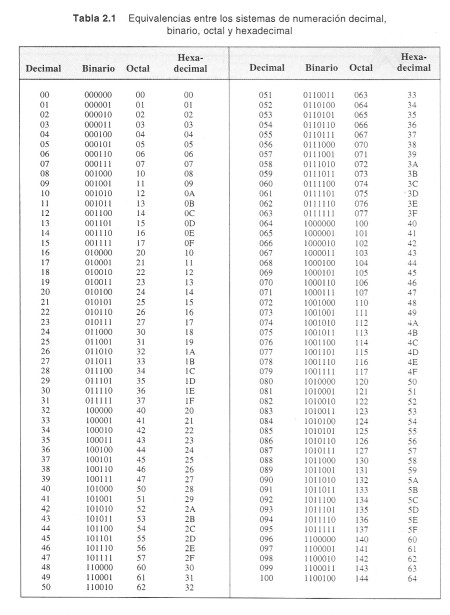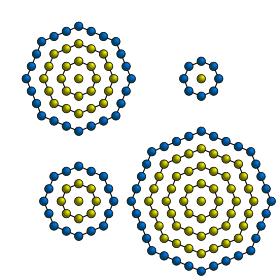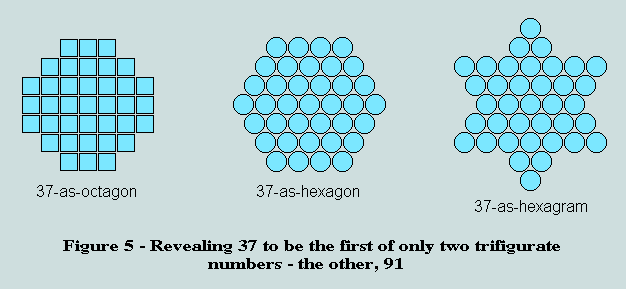|
Réponse |
Message 1 de 245 de ce thème |
|
 |
Click para ampliar |
|
|
|
|
Réponse |
Message 36 de 245 de ce thème |
|
|
|
|
Réponse |
Message 37 de 245 de ce thème |
|
|
|
|
Réponse |
Message 38 de 245 de ce thème |
|
|
|
|
Réponse |
Message 39 de 245 de ce thème |
|
|
|
|
Réponse |
Message 40 de 245 de ce thème |
|
|
|
|
Réponse |
Message 41 de 245 de ce thème |
|
|
|
|
Réponse |
Message 42 de 245 de ce thème |
|
The New Jerusalem Diagram – The Blueprint for Ancient Monuments?
May 15, 2012

“The city was laid out as a square, its length equal to its breadth. The angel measured the city with a rod and it was 12,000 stadia in length and breadth and height. He measured its wall, and this was 144 cubits high, according to the human measure he used.” — Revelation 21:16-17
Modern science confirms what our ancestors already new: the architecture of the universe (nature) is based on some key numeric proportions we can see on all levels of scale: from the atoms and DNA, through patterns and blueprints of life, all the way to solar system and galaxies…
NOTE: The New Jerusalem Diagram is also known as The Cosmological Circle
The New Jerusalem Diagram – Introduction
“The New Jerusalem Diagram” is the name given by the scholar of ancient lore, John Michell [The original explanations in John Michell's books, especially "The Dimensions of Paradise", Thames and Hudson, 1986] to a geometrical construction that allows the “squaring of the circle” and the division of the circle to 28 equal sectors (a zodiac wheel) and the ceremonial positioning of the twelve tribes (or constellations) in a pattern of four camps at the four sides of the square.
John Michell has reconstructed the geometric pattern of the ‘heavenly city’ which is the template of the New Jerusalem of Revelation 21.

He discovered that this diagram served as the design (blueprint) for many sacred sites, including the Stonehenge, The Great Pyramid, St. Mary’s Chapel at Glastonbury and the City of Magnesia in Plato’s The Laws.

The Great Pyramid, Earth and Moon fit the New Jerusalem Diagram
It turns out that also the Nazca glyph called “Mandala” aka “Sun-Star-Cross” perfectly matches the New Jerusalem Diagram.



Superimposed image of NJ Diagram and Mandala glyph near Nazca, Peru
It is no surprise that the NJ diagram matches blueprint for the The Dome of the Rock, a shrine located on the Temple Mount in the Old City of Jerusalem.

The wheel of 28 divisions is common to various esoteric systems and serves as representation for the schematic month: 4 weeks = 28 days. The solar calendar of the Dead Sea scrolls sect was of 364 days, which is a multiple of 28 ( 28×13 = 364). In many Sufi diagrams, including in the ceiling of the dome at the El-Aqsa Mosque* (not the Dome of the Rock) at the Temple Mount, there appears the motif of the wheel made of 28 divisions.

Al-Aqsa. The resplendent ceiling of the Al-Aqsa Mosque on the Temple Mount in Jerusalem. The mosque, one of Islam’s most holy sites, sits near the Dome of the Rock and above the Marwani Mosque, aka Solomon’s Stables.
Image Source/Credit.
The NJ diagram is also hinted and enfolded (according to Micheell), in the description of the holy city, The New Jerusalem, whose descent from heaven concludes the Christian Bible.

Below we present 3-D version of the New Jerusalem Diagram.

Is it possible the 3D NJ diagram was used as a blueprint for the Crown Jewels?… Perhaps this is a case of a “secret hidden in plain site”?


The collective term Crown Jewels denotes the regalia and vestments worn by the sovereign of the United Kingdom during the coronation ceremony and at other state functions. The term refers to the following objects: the crowns, sceptres (with either the cross or the dove), orbs, swords, rings, spurs, colobium sindonis, dalmatic, armill, and the royal robe or pall, as well as several other objects connected with the ceremony itself. The Crown Jewels have a religious and sacral connotation. Their hidden symbolism seems to be related to the sacred geometry of the New Jerusalem Diagram.
The Construction of the New Jerusalem Diagram
The construction of this diagram starts with the attempt to “square the circle” by drawing a circle and a square that have the same circumference.
- So in building this sacred diagram, one starts with a circle with a diameter of 22 units, and blocks it with a square of 22 x 22 units (like the number of the Hebrew letters, with which supposedly “heaven and earth were made”).
- Then one draws from the same centre an additional circle whose diameter is 28 units – “the perfect number” that is already the number of the letters in the first verse of genesis and marks the circle of the seasons. The circle with diameter 28 has circumference of Pi x 28, which is as noted 22/7 x 28 = 88 – just the circumference of the square with edges of 22 and circumference thus 2 x 22 = 88.
The circle and the square have the same circumference, and they intersect in 8 points, where the square juts out of the circle in 4 vertices.

- The building of the complete pattern continues with the drawing of 12 circles with diameter of 6 units – the number of letters in the first word of Genesis – Bereshit – as the first “perfect number”. The centers of these twelve circles are situated on the outer big circle, whose diameter is 28, and they touch (are tangent to) the inner circle, whose diameter is 22. Four of these circles are situated according to the points were the square is tangent to the inner circle, and the other 8 circles are placed according to the 8 points of intersection between the square and the outer circle.

There are two amazing consequences of this construction:
- This construction squares the circle
- It divides the circle into 28 equal segments
- It reflects ratio 22:7 which is good approximation of the “Pi”
- It reflects golden ratio 1.618
- It reflects the ratio of 22:6, which issues theoretical-geometrical considerations is also the exact real ratio between the diameter of the earth and the diameter of the moon!

There are many more features of the NJ diagram which will be presented in our upcoming articles (e.g. amazing connection with Teotihuacan).
|
|
|
|
|
Réponse |
Message 43 de 245 de ce thème |
|
EL SISTEMA HEXADECIMAL DE LAS COMPUTADORAS TIENE FUERTE CONNOTACION CON EL "AGUJERO DE GUSANO"
Tabla de conversión entre decimal, binario, hexadecimal y octal[editar]
| Decimal | Binario | Hexadecimal | octal |
| 0 |
00000 |
0 |
0 |
| 1 |
00001 |
1 |
1 |
| 2 |
00010 |
2 |
2 |
| 3 |
00011 |
3 |
3 |
| 4 |
00100 |
4 |
4 |
| 5 |
00101 |
5 |
5 |
| 6 |
00110 |
6 |
6 |
| 7 |
00111 |
7 |
7 |
| 8 |
01000 |
8 |
10 |
| 9 |
01001 |
9 |
11 |
| 10 |
01010 |
A |
12 |
| 11 |
01011 |
B |
13 |
| 12 |
01100 |
C |
14 |
| 13 |
01101 |
D |
15 |
| 14 |
01110 |
E |
16 |
| 15 |
01111 |
F |
17 |
| 16 |
10000 |
10 |
20 |
| 17 |
10001 |
11 |
21 |
| 18 |
10010 |
12 |
22 |
| 19 |
10011 |
13 |
23 |
| 20 |
10100 |
14 |
24 |
| 21 |
10101 |
15 |
25 |
| 22 |
10110 |
16 |
26 |
| 23 |
10111 |
17 |
27 |
| 24 |
11000 |
18 |
30 |
| 25 |
11001 |
19 |
31 |
| 26 |
11010 |
1A |
32 |
| 27 |
11011 |
1B |
33 |
| 28 |
11100 |
1C |
34 |
| 29 |
11101 |
1D |
35 |
| 30 |
11110 |
1E |
36 |
| 31 |
11111 |
1F |
37 |
| 32 |
100000 |
20 |
40 |
| 33 |
100001 |
21 |
41 |
|
|
|
|
Réponse |
Message 44 de 245 de ce thème |
|
Sistema hexadecimal
De Wikipedia, la enciclopedia libre
El sistema hexadecimal (a veces abreviado como Hex, no confundir con sistema sexagesimal) es el sistema de numeración posicional que tiene como base el 16. Su uso actual está muy vinculado a la informática y ciencias de la computación, pues los computadores suelen utilizar el byte u octeto como unidad básica de memoria; y, debido a que un byte representa  valores posibles, y esto puede representarse como valores posibles, y esto puede representarse como   , que equivale al número en base 16 , que equivale al número en base 16  , dos dígitos hexadecimales corresponden exactamente a un byte. , dos dígitos hexadecimales corresponden exactamente a un byte.
En principio, dado que el sistema usual de numeración es de base decimal y, por ello, sólo se dispone de diez dígitos, se adoptó la convención de usar las seis primeras letras del alfabeto latino para suplir los dígitos que nos faltan. El conjunto de símbolos sería, por tanto, el siguiente:

Se debe notar que A = 10, B = 11, C = 12, D = 13, E = 14 y F = 15. En ocasiones se emplean letras minúsculas en lugar de mayúsculas. Como en cualquier sistema de numeración posicional, el valor numérico de cada dígito es alterado dependiendo de su posición en la cadena de dígitos, quedando multiplicado por una cierta potencia de la base del sistema, que en este caso es 16. Por ejemplo: 3E0A16 = 3×163 + E×162 + 0×161 + A×160 = 3×4096 + 14×256 + 0×16 + 10×1 = 15882.
El sistema hexadecimal actual fue introducido en el ámbito de la computación por primera vez por IBM en 1963. Una representación anterior, con 0–9 y u–z, fue usada en 1956 por la computadora Bendix G-15.
Tabla de conversión entre decimal, binario, octal y hexadecimal[editar]
| |
|
|
|
|
|
|
|
|
|
|
|
| |
0hex |
= |
0dec |
= |
0oct |
|
0 |
0 |
0 |
0 |
|
| |
1hex |
= |
1dec |
= |
1oct |
|
0 |
0 |
0 |
1 |
|
| |
2hex |
= |
2dec |
= |
2oct |
|
0 |
0 |
1 |
0 |
|
| |
3hex |
= |
3dec |
= |
3oct |
|
0 |
0 |
1 |
1 |
|
| |
|
|
|
|
|
|
|
|
|
|
|
| |
4hex |
= |
4dec |
= |
4oct |
|
0 |
1 |
0 |
0 |
|
| |
5hex |
= |
5dec |
= |
5oct |
|
0 |
1 |
0 |
1 |
|
| |
6hex |
= |
6dec |
= |
6oct |
|
0 |
1 |
1 |
0 |
|
| |
7hex |
= |
7dec |
= |
7oct |
|
0 |
1 |
1 |
1 |
|
| |
|
|
|
|
|
|
|
|
|
|
|
| |
8hex |
= |
8dec |
= |
10oct |
|
1 |
0 |
0 |
0 |
|
| |
9hex |
= |
9dec |
= |
11oct |
|
1 |
0 |
0 |
1 |
|
| |
Ahex |
= |
10dec |
= |
12oct |
|
1 |
0 |
1 |
0 |
|
| |
Bhex |
= |
11dec |
= |
13oct |
|
1 |
0 |
1 |
1 |
|
| |
|
|
|
|
|
|
|
|
|
|
|
| |
Chex |
= |
12dec |
= |
14oct |
|
1 |
1 |
0 |
0 |
|
| |
Dhex |
= |
13dec |
= |
15oct |
|
1 |
1 |
0 |
1 |
|
| |
Ehex |
= |
14dec |
= |
16oct |
|
1 |
1 |
1 |
0 |
|
| |
Fhex |
= |
15dec |
= |
17oct |
|
1 |
1 |
1 |
1 |
|
| |
|
|
|
|
|
|
|
|
|
|
|
Como el único factor primo de 16 es 2, todas las fracciones que no tengan una potencia de 2 en el denominador, tendrán un desarrollo hexadecimal periódico.
| Fracción | Hexadecimal | Resultado en hexadecimal |
| 1/2 |
1/2 |
0,8 |
| 1/3 |
1/3 |
0,5 periodo |
| 1/4 |
1/4 |
0,4 |
| 1/6 |
1/6 |
0,2A periodo |
| 1/7 |
1/7 |
0,249 periodo |
| 1/8 |
1/8 |
0,2 |
| 1/9 |
1/9 |
0,1C7 periodo |
| 1/10 |
1/A |
0,19 periodo |
| 1/11 |
1/B |
0,1745D periodo |
| 1/12 |
1/C |
0,15 periodo |
| 1/13 |
1/D |
0,13B periodo |
| 1/14 |
1/E |
0,1249 periodo |
| 1/15 |
1/F |
0,1 periodo |
| 1/16 |
1/10 |
0,1 |
Existe un sistema para convertir números fraccionarios a hexadecimal de una forma más mecánica. Se trata de convertir la parte entera con el procedimiento habitual y convertir la parte decimal aplicando sucesivas multiplicaciones por 16 hasta convertir el resultado en un número entero.
Por ejemplo: 0,06640625 en base decimal.
Multiplicado por 16: 1,0625, el primer decimal será 1. Volvemos a multiplicar por 16 la parte decimal del anterior resultado: 1. Por lo tanto el siguiente decimal será un 1.Resultado: 0,11 en base hexadecimal. Como el último resultado se trata de un entero, hemos acabado la conversión.
Hay ocasiones en las que no llegamos nunca a obtener un número entero, en ese caso tendremos un desarrollo hexadecimal periódico.
|
|
|
|
Réponse |
Message 45 de 245 de ce thème |
|
|
|
|
Réponse |
Message 46 de 245 de ce thème |
|
|
|
|
Réponse |
Message 47 de 245 de ce thème |
|
|
|
|
Réponse |
Message 48 de 245 de ce thème |
|
 Dome of the Rock The floor plan of the Dome of the Rock and some construction lines; possible source of inspiration for Templar constructions and the cross pathee
_________________
Everything is Connected and there are no
coincidences
|
|
Centered octagonal number
From Wikipedia, the free encyclopedia
A centered octagonal number is a centered figurate number that represents an octagon with a dot in the center and all other dots surrounding the center dot in successive octagonal layers.[1] The centered octagonal numbers are the same as the odd square numbers.[2] Thus, the nth centered octagonal number is given by the formula

The first few centered octagonal numbers are[2]
- 1, 9, 25, 49, 81, 121, 169, 225, 289, 361, 441, 529, 625, 729, 841, 961, 1089.
Calculating Ramanujan's tau function on a centered octagonal number yields an odd number, whereas for any other number the function yields an even number.[2]
See also[edit]
References[edit]
https://en.wikipedia.org/wiki/Centered_octagonal_number
The New Jerusalem Diagram – Introduction
“The New Jerusalem Diagram” is the name given by the scholar of ancient lore, John Michell [The original explanations in John Michell's books, especially "The Dimensions of Paradise", Thames and Hudson, 1986] to a geometrical construction that allows the “squaring of the circle” and the division of the circle to 28 equal sectors (a zodiac wheel) and the ceremonial positioning of the twelve tribes (or constellations) in a pattern of four camps at the four sides of the square.
John Michell has reconstructed the geometric pattern of the ‘heavenly city’ which is the template of the New Jerusalem of Revelation 21.

He discovered that this diagram served as the design (blueprint) for many sacred sites, including the Stonehenge, The Great Pyramid, St. Mary’s Chapel at Glastonbury and the City of Magnesia in Plato’s The Laws.

The Great Pyramid, Earth and Moon fit the New Jerusalem Diagram
It turns out that also the Nazca glyph called “Mandala” aka “Sun-Star-Cross” perfectly matches the New Jerusalem Diagram.



Superimposed image of NJ Diagram and Mandala glyph near Nazca, Peru
It is no surprise that the NJ diagram matches blueprint for the The Dome of the Rock, a shrine located on the Temple Mount in the Old City of Jerusalem.

The wheel of 28 divisions is common to various esoteric systems and serves as representation for the schematic month: 4 weeks = 28 days. The solar calendar of the Dead Sea scrolls sect was of 364 days, which is a multiple of 28 ( 28×13 = 364). In many Sufi diagrams, including in the ceiling of the dome at the El-Aqsa Mosque* (not the Dome of the Rock) at the Temple Mount, there appears the motif of the wheel made of 28 divisions.

Al-Aqsa. The resplendent ceiling of the Al-Aqsa Mosque on the Temple Mount in Jerusalem. The mosque, one of Islam’s most holy sites, sits near the Dome of the Rock and above the Marwani Mosque, aka Solomon’s Stables.
Image Source/Credit.
The NJ diagram is also hinted and enfolded (according to Micheell), in the description of the holy city, The New Jerusalem, whose descent from heaven concludes the Christian Bible.

Below we present 3-D version of the New Jerusalem Diagram.

Is it possible the 3D NJ diagram was used as a blueprint for the Crown Jewels?… Perhaps this is a case of a “secret hidden in plain site”?


The collective term Crown Jewels denotes the regalia and vestments worn by the sovereign of the United Kingdom during the coronation ceremony and at other state functions. The term refers to the following objects: the crowns, sceptres (with either the cross or the dove), orbs, swords, rings, spurs, colobium sindonis, dalmatic, armill, and the royal robe or pall, as well as several other objects connected with the ceremony itself. The Crown Jewels have a religious and sacral connotation. Their hidden symbolism seems to be related to the sacred geometry of the New Jerusalem Diagram.
The Construction of the New Jerusalem Diagram
The construction of this diagram starts with the attempt to “square the circle” by drawing a circle and a square that have the same circumference.
- So in building this sacred diagram, one starts with a circle with a diameter of 22 units, and blocks it with a square of 22 x 22 units (like the number of the Hebrew letters, with which supposedly “heaven and earth were made”).
- Then one draws from the same centre an additional circle whose diameter is 28 units – “the perfect number” that is already the number of the letters in the first verse of genesis and marks the circle of the seasons. The circle with diameter 28 has circumference of Pi x 28, which is as noted 22/7 x 28 = 88 – just the circumference of the square with edges of 22 and circumference thus 2 x 22 = 88.
The circle and the square have the same circumference, and they intersect in 8 points, where the square juts out of the circle in 4 vertices.

- The building of the complete pattern continues with the drawing of 12 circles with diameter of 6 units – the number of letters in the first word of Genesis – Bereshit – as the first “perfect number”. The centers of these twelve circles are situated on the outer big circle, whose diameter is 28, and they touch (are tangent to) the inner circle, whose diameter is 22. Four of these circles are situated according to the points were the square is tangent to the inner circle, and the other 8 circles are placed according to the 8 points of intersection between the square and the outer circle.

There are two amazing consequences of this construction:
- This construction squares the circle
- It divides the circle into 28 equal segments
- It reflects ratio 22:7 which is good approximation of the “Pi”
- It reflects golden ratio 1.618
- It reflects the ratio of 22:6, which issues theoretical-geometrical considerations is also the exact real ratio between the diameter of the earth and the diameter of the moon!

There are many more features of the NJ diagram which will be presented in our upcoming articles (e.g. amazing connection with Teotihuacan).
|
|
|
|
|
|
|
Réponse |
Message 49 de 245 de ce thème |
|
|
|
|
Réponse |
Message 50 de 245 de ce thème |
|
| Reply |
Message 337 of 350 on the subject |
|
|
|
|
| Reply |
Message 338 of 350 on the subject |
|
|
6. Apocalipsis 3:7: Escribe al ángel de la iglesia en Filadelfia: Esto dice el Santo, el Verdadero, el que tiene la LLAVE de David, el que abre y ninguno cierra, y cierra y ninguno abre:
|
|
|
| Reply |
Message 339 of 350 on the subject |
|
|
|
|
| Reply |
Message 340 of 350 on the subject |
|
|
|
|
|
|
 Premier Premier
 Précédent
36 a 50 de 245
Suivant Précédent
36 a 50 de 245
Suivant Dernier
Dernier
|












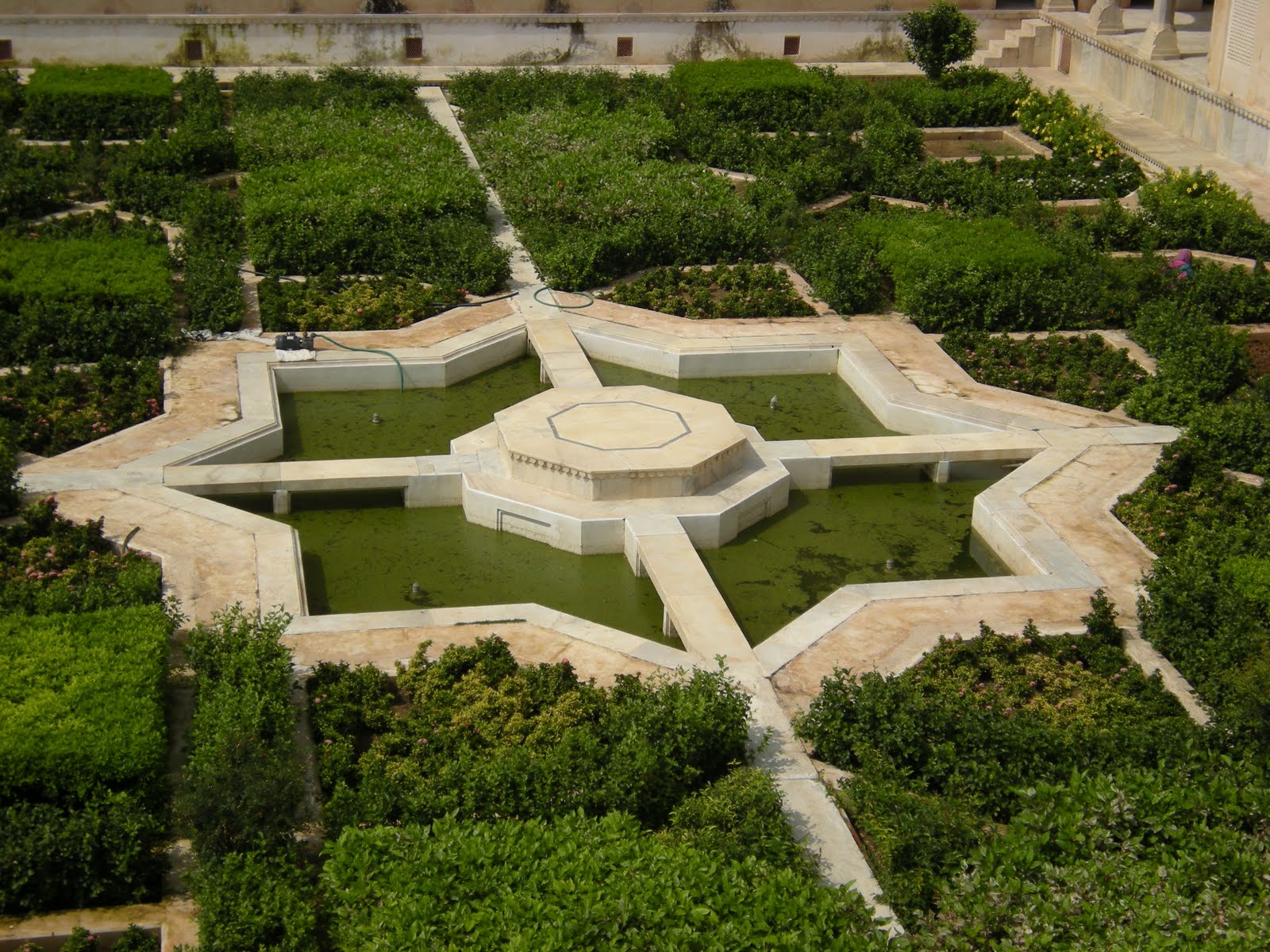


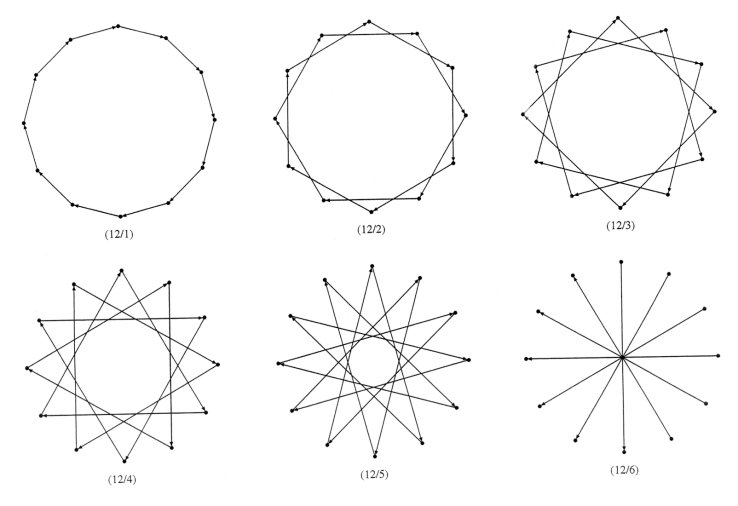







 valores posibles, y esto puede representarse como
valores posibles, y esto puede representarse como 
 , que equivale al número en base 16
, que equivale al número en base 16  , dos dígitos hexadecimales corresponden exactamente a un byte.
, dos dígitos hexadecimales corresponden exactamente a un byte.
